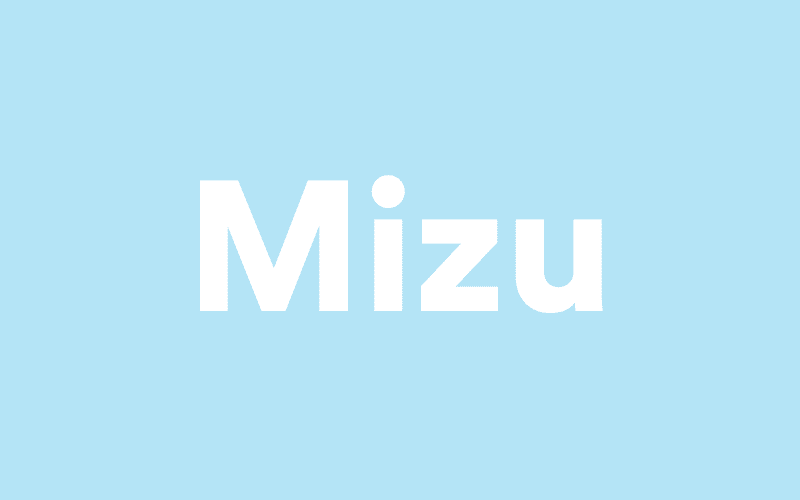
This colour hasn’t got an exact name in English but it has in Japanese – it’s called mizu which translates as water. (We’d probably bundle it under the umbrella term of light blue.)
A study published in The Journal of Vision discovered that the word mizu has been adopted by Japanese speakers over the last 30 years.
Different countries have different basic colour terms. But in general, industrialised countries have names for these 11 colours: black, white, red, yellow, blue and green, brown, pink, orange, grey and purple.
But some countries – like Japan – have extra ones, particularly for shades of blue.
- Russians have голубой (goluboĭ) for light blue and синий (siniĭ) for dark blue.
- Italians have a general name for blue – blu – but also azzurro (light blue) and celeste (sky blue/pale blue).
- Modern Greek also has γαλάζιο (galazio) for light blue and μπλε (ble) for dark blue.
And the differences in colour terms between languages don’t stop there.
Many languages have the same word for blue and green, some use different words for light red and dark red and there are even colours which vary in name depending on the texture they’re describing.
Interestingly, researchers have also found that if a language only has two terms for colours they are always black and white/dark and light. If they have three – like the Dugum Dani people of New Guinea – the third is always red.
People in pre-industrialised communities tend to have fewer names for colours not because they don’t see them but because they don’t need to name them, researchers say.
Which all goes to show that when it comes to naming colours, the issues are definitely not black and white.
Did you know?
Over the last ten years, some prison cells in the USA, Switzerland, Germany, Poland, Austria and the UK were painted pink in a controversial bid to calm aggressive behaviour.
Do you know languages with interesting colour names? We’d love to hear from you.
Catalan: Blau cel = sy blue
Thank you, Ramon!
i. e. Sky blue